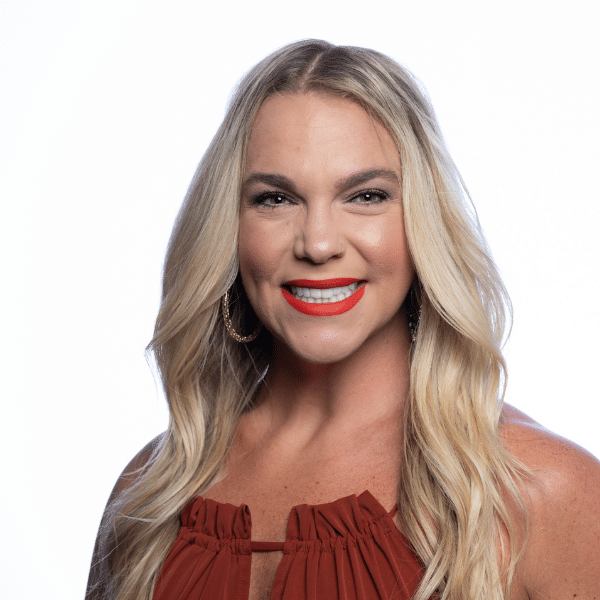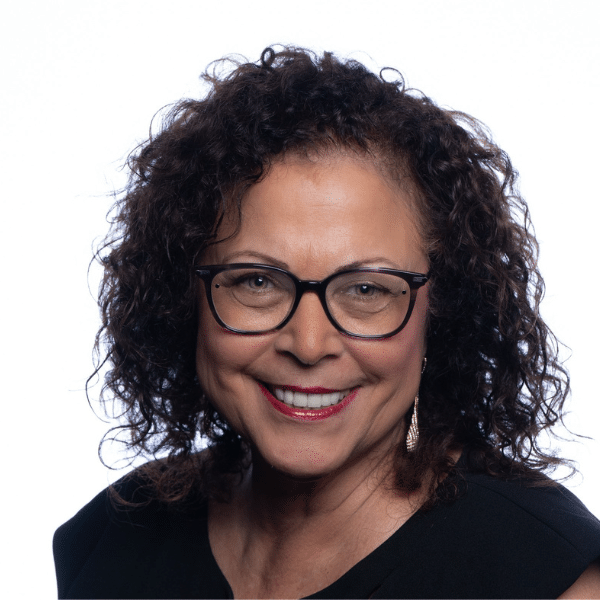
When applying for a job, having just a polished resume is not enough to make a solid impression with a hiring manager. The cherry on top of the ultimate job search ice cream sundae is a well-written cover letter attached to your resume. Why a cover letter? Simply put, cover letters give a more in-depth look into what type of employee you are. They also provide more context to the listed qualities and accomplishments in your resume.
First off, the header for your cover letter should include both your contact information and the hiring manager’s contact information. There are various ways to format the contact information. Here are a few examples of cover letter headers.
Introduction
The introduction paragraph begins with whom you are addressing. A good idea is to do some research and find out who the hiring manager for the company is. Look at the company’s contact page or their LinkedIn to try to get an idea. Even if you put the wrong name down, it looks much better than starting off with “To whom it may concern.” If you really have no clue who the hiring manager could be, just simply write, “Dear Hiring Manager.”
The introduction continues with you stating who you are, the position you are applying for, and how you learned about the opportunity. A great way to get noticed right away is to begin the intro paragraph with an enticing hook. You can do this by describing why this job excites you and why you think you’re right for it. This first paragraph should be short and sweet, so briefly describe your degree of study, your career goals and how they match up with the needs of the company.
Body
The body paragraphs are where you have the opportunity to sell yourself as a qualified candidate. Try to keep the body at about one or two paragraphs. Hiring managers prefer a cover letter that is slightly shorter than a page long. Here you can describe how your previous job experiences, accomplishments, and qualities line up with the desired job position. Be clear and concise about how your qualifications make you a considerable candidate. Sharing an accomplishment where you overcame adversity is also a notable selling point to an employer.
Conclusion
The conclusion is where you place your call to action. Reiterate why the job position sparks your interest and why you think the company would be a good fit for you. State that you would like to be called in for an interview, and if you do not hear back after a week you will reach out. Provide a phone number and email address that you can be contacted at for questions about your cover letter. Finally, say thank you for their consideration and you hope to hear back soon.
Share This Article






































